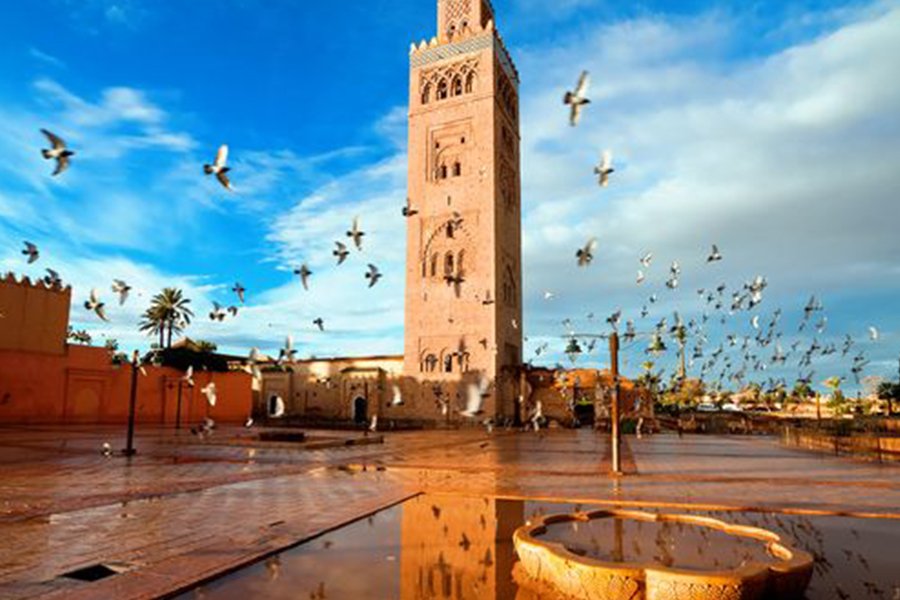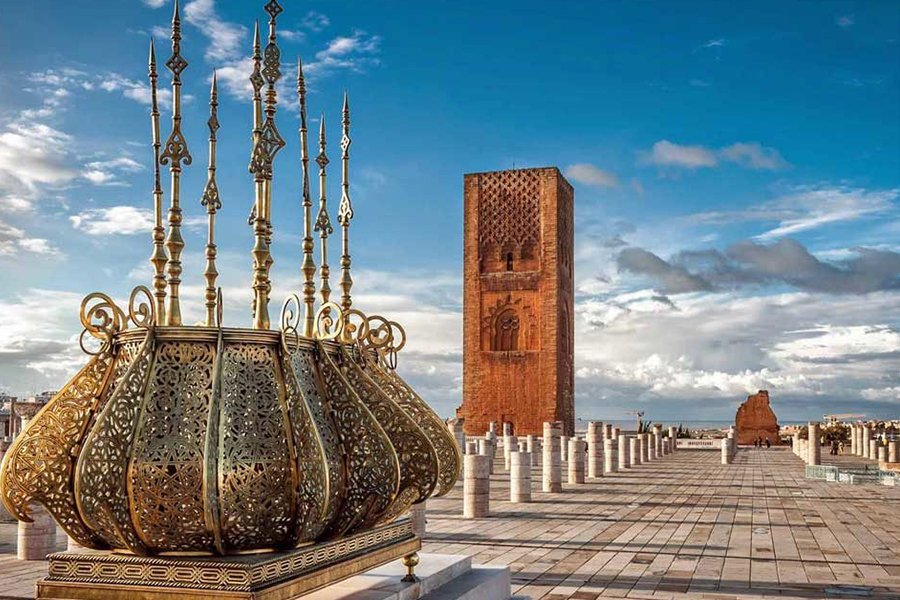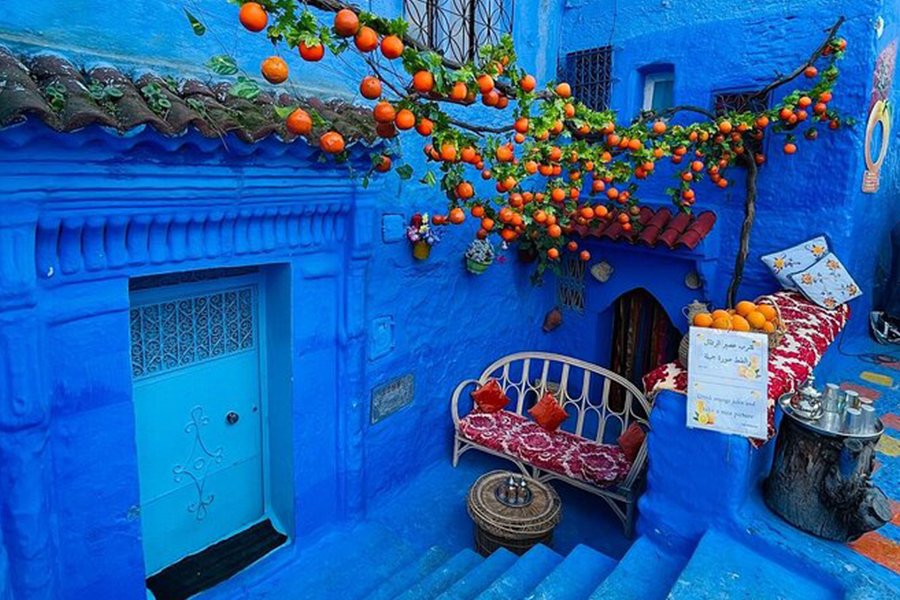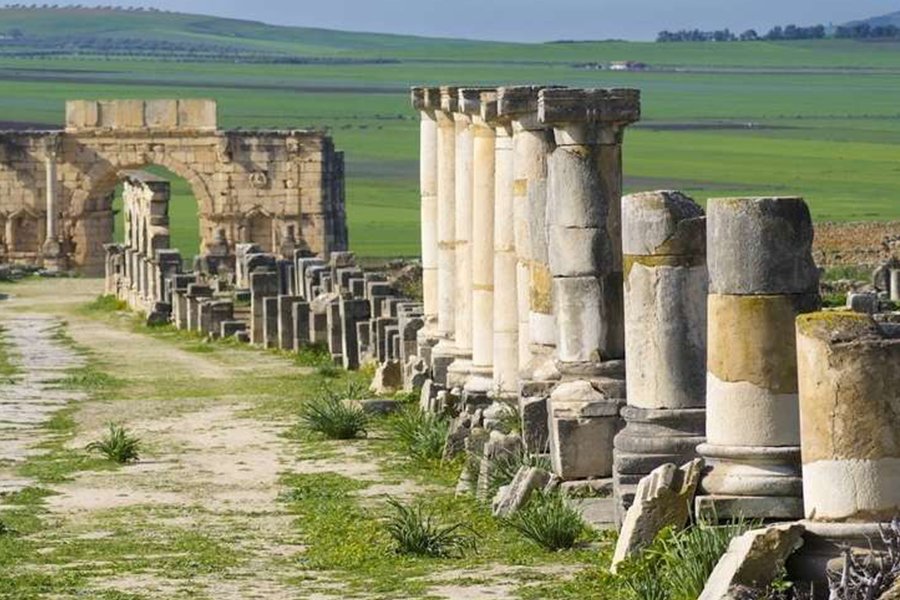Best 16 Days Morocco Tour From Agadir
Enjoy a private tour of the Best 16 Days of Morocco Grand Tour From Agadir.
Which is one of the most popular itineraries in Agadir thanks to this tour;
you will have visited the most attractive sites in Morocco by visiting Marrakech the imperial city and the capital of the Almoravid Empire, and it’s known as Red City.
Here you will visit various historical spots such as El Badi Palace, Saadian Tombs, Majorelle Garden, etc.
Secondly, you will explore Casablanca is considered the Moroccan economic capital; Casablanca’s site is Hassan II Mosque, built on the water alongside the Atlantic Ocean.
Likewise, you will visit Rabat, where you will visit Hassan Tower, Udayas Kasbah, Chellah, Hassan Mosque, etc. Besides, we explore the beauty of Chefchaouen’s “Blue City.”
As well, visit Meknes, the fourth imperial city founded by the Almoravid dynasty.
Here you will visit various spots such as Lahdim Square, Habs Qara, Grand Mosque, etc.
An unforgettable journey in 16 Days of Morocco Grand Tour From Agadir
Embark on an unforgettable journey with our 16 Days of Morocco Grand Tour From Agadir, a private tour designed to immerse you in the rich culture and breathtaking landscapes of Morocco.
Explore the most iconic sites and cities, each offering its unique charm and history.
Further, we will head to Merzouga Sahara by passing through a cedar forest where Barbary apes live.
Later on, we will continue the journey to the Sahara, you will spend some unforgettable moments, thereby doing a tour around Erg Chebbi Dunes, visiting nomad families, and ending by having a night in a desert camp.
That will be one of the highlights of your 16 Days of Morocco Grand Tour From Agadir.
The tour continues to Agadir by visiting many places; we will visit the Gorge of Tudra and the Dades Valley.
The tour continues to a Berber fortress, “Kasbah Ait Ben Haddo,” where many movies have been filmed.
Moreover, you will explore the city of rugs and carpets “Taznakht,” and visit the city of Saffron Taliouine.
Finally, we will pass via Taroudant and walk around its old medina. We will visit the tannery and buy leather goods.
End services of Best 16 Days of Morocco Grand Tour From Agadir.
| Starting Location | From Agadir | ||||||||
| Ending Location | To Agadir | ||||||||
| INCLUDED |
|
||||||||
| EXCLUDED |
|












